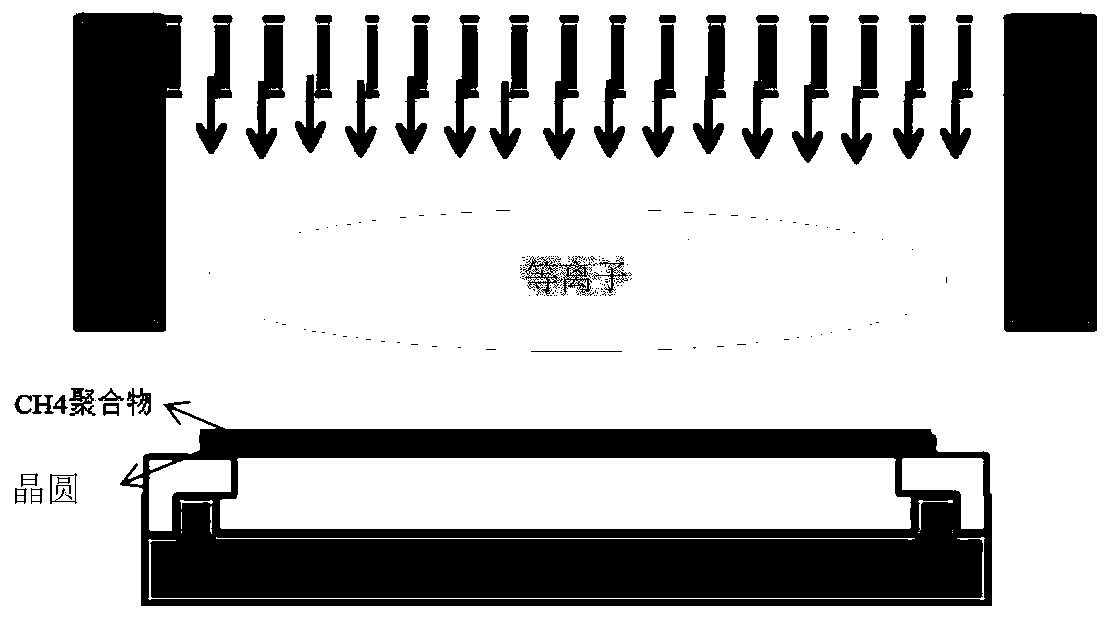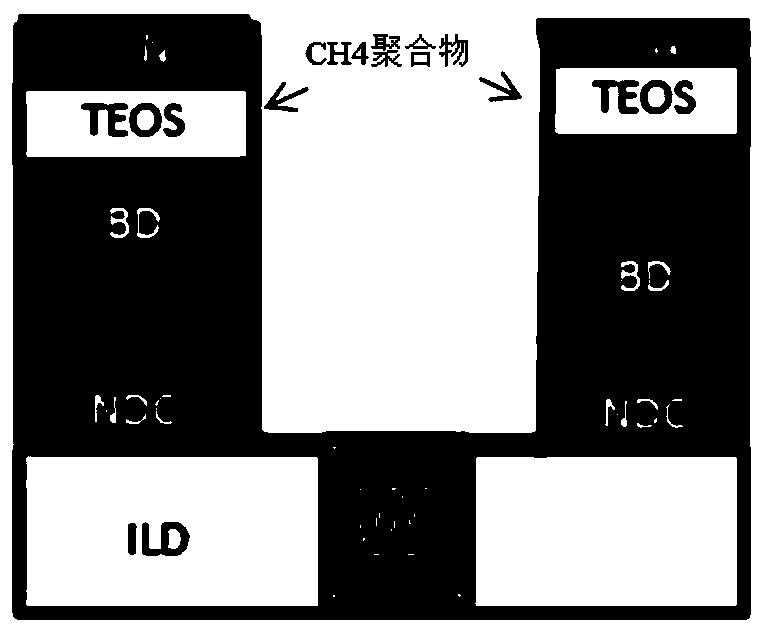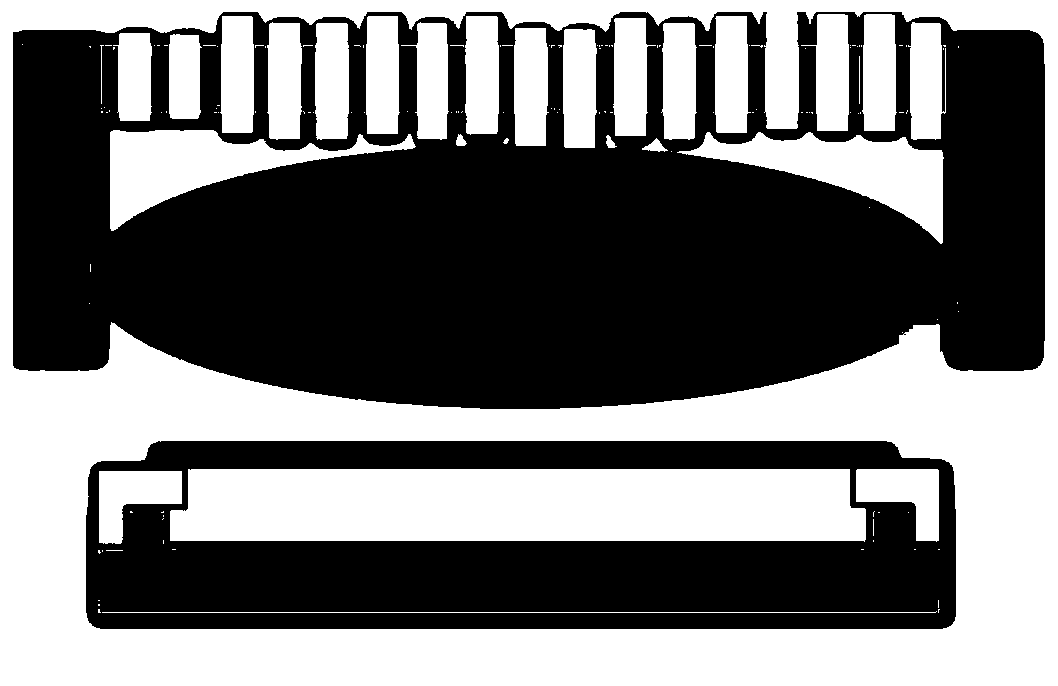Method for improving residual microparticles on surface of wafer
A technology of micro-particles and wafers, applied in the manufacture of discharge tubes, electrical components, semiconductor/solid-state devices, etc., can solve the problems of loss of production capacity, rising operating costs, damage to cavity components, etc., and improve the residue of micro-particles on the wafer surface. , The effect of solving particle attachments
- Summary
- Abstract
- Description
- Claims
- Application Information
AI Technical Summary
Problems solved by technology
Method used
Image
Examples
Embodiment 1
[0035] The present invention provides a method for improving the residual microparticles on the wafer surface, referring to Figure 7 , Figure 7 It is shown as a flow chart of the method for improving the microparticle residue on the wafer surface of the present invention. The method described in this embodiment to improve the residual microparticles on the surface of the wafer comprises the following steps:
[0036] Step 1: Provide a plasma reactive etching chamber and a wafer located in the plasma reactive etching chamber, the wafer is provided with a semiconductor structure, and the semiconductor structure is in the process of completing the etching of the first layer of metal trenches state; that is to say, the semiconductor structure in the present invention is a structure after the etching of the first layer of metal grooves. After the etching of the first layer of metal grooves, the working chamber needs to be cleaned to remove the etching Particulate pollution gener...
Embodiment 2
[0045] refer to figure 2 , figure 2 It is a schematic structural diagram showing a polymer protective layer formed on the surface of the semiconductor structure in the present invention. Step 2 of the present invention forms a polymer protective layer on the surface of the semiconductor structure while forming the polymer protective layer on the surface of the wafer.
[0046] The present invention provides a method for improving the residual microparticles on the wafer surface, referring to Figure 7 , Figure 7 It is shown as a flow chart of the method for improving the microparticle residue on the wafer surface of the present invention. The method described in this embodiment to improve the residual microparticles on the surface of the wafer comprises the following steps:
[0047] Step 1: Provide a plasma reactive etching chamber and a wafer located in the plasma reactive etching chamber, the wafer is provided with a semiconductor structure, and the semiconductor struc...
Embodiment 3
[0057] refer to figure 2 , figure 2 It is a schematic structural diagram showing a polymer protective layer formed on the surface of the semiconductor structure in the present invention. Step 2 of the present invention forms a polymer protective layer on the surface of the semiconductor structure while forming the polymer protective layer on the surface of the wafer.
[0058] The present invention provides a method for improving the residual microparticles on the wafer surface, referring to Figure 7 , Figure 7 It is shown as a flow chart of the method for improving the microparticle residue on the wafer surface of the present invention. The method described in this embodiment to improve the residual microparticles on the surface of the wafer comprises the following steps:
[0059] Step 1: Provide a plasma reactive etching chamber and a wafer located in the plasma reactive etching chamber, the wafer is provided with a semiconductor structure, and the semiconductor struc...
PUM
 Login to View More
Login to View More Abstract
Description
Claims
Application Information
 Login to View More
Login to View More - R&D
- Intellectual Property
- Life Sciences
- Materials
- Tech Scout
- Unparalleled Data Quality
- Higher Quality Content
- 60% Fewer Hallucinations
Browse by: Latest US Patents, China's latest patents, Technical Efficacy Thesaurus, Application Domain, Technology Topic, Popular Technical Reports.
© 2025 PatSnap. All rights reserved.Legal|Privacy policy|Modern Slavery Act Transparency Statement|Sitemap|About US| Contact US: help@patsnap.com



